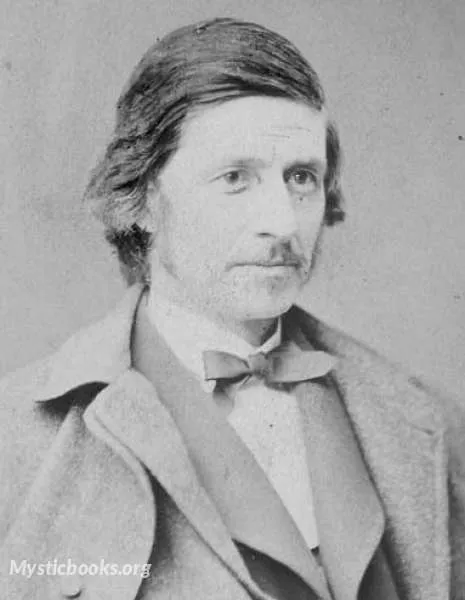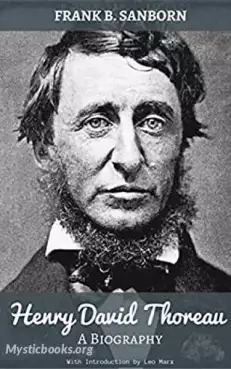
Timeline
Title
Country/Nationality
Franklin Benjamin Sanborn
Franklin Benjamin Sanborn was an American journalist, teacher, author, reformer, and abolitionist. Sanborn was a social scientist, and a memorialist of American transcendentalism who wrote early biographies of many of the movement's key figures. He founded the American Social Science Association, in 1865, "to treat wisely the great social problems of the day". He was a member of the so-called Secret Six, or "Committee of Six", which funded or helped obtain funding for John Brown's Raid on Harpers Ferry; in fact he introduced Brown to the others.
Franklin Sanborn was born at Hampton Falls, New Hampshire, the son of Aaron and Lydia (Leavitt) Sanborn. He already believed himself capable of making a stir in the world by the age of two, having held up a stick in a thunderstorm and experienced being struck by lightning. At age nine, following careful reading of the abolitionist newspapers The National Era and Horace Greeley's New-York Tribune, Franklin announced to his family that slavery was wrong and the United States Constitution should be revised or revoked.
In 1850, at the suggestion of his future wife Ariana Walker, Sanborn arranged to study with the Exeter teacher and private tutor John Gibson Hoyt. He would focus on Greek for a year, then enter Phillips Exeter Academy. This was followed by enrollment at Harvard, from which he graduated in 1855. Classmate and friend at Harvard was Edwin Morton, who would be employed by Gerrit Smith as tutor and private secretary.
Sanborn was active in politics as a member of the Free Soil Party in New Hampshire and Massachusetts. In 1856, he became secretary of the Massachusetts State Kansas Committee and came into close touch with John Brown. Sanborn was one of six influential men who supplied Brown with support for the raid on Harpers Ferry of October 16–18, 1859. This group was later termed the Secret Six. Although Sanborn disavowed advance knowledge of the attack, he defended Brown to the end of his life, assisted in the support of Brown's widow and children, and made periodic pilgrimages to his grave.
On the night of April 3, 1860, five federal marshals arrived at Frank Sanborn's home in Concord, Massachusetts, handcuffed him, and attempted to wrestle him into a coach and take him to Washington to answer questions before the Senate in regard to his involvement with John Brown. Approximately 150 townspeople rushed to Sanborn's defense, aroused by church bells. Judge Lemuel Shaw issued a writ of habeas corpus, formally demanding the surrender of the prisoner. In a letter to a friend, Louisa May Alcott wrote, "Sanborn was nearly kidnapped. Great ferment in town. Annie Whiting immortalized herself by getting into the kidnapper's carriage so that they could not put the long-legged martyr in."
From 1863 to 1868 Sanborn was an editor of The Commonwealth newspaper of Boston, from 1867 to 1897 of the Journal of Social Science, and from 1868 to 1914 a correspondent of the Springfield Republican. He was one of the founders of, and was closely identified with, the American Social Science Association (secretary 1865–1897), the National Prison Association, the National Conference of Charities, the Clarke School for the Deaf, the Massachusetts Infant Asylum, and the Concord School of Philosophy. He lectured at Cornell, Smith, and Wellesley.
In October 1863, he became secretary of the Massachusetts State Board of Charities, the first established in America. He was secretary from 1863 to 1868, a member from 1870 to 1876, and chairman from 1874 to 1876. In 1875, he made a searching investigation into the abuses of the Tewksbury almshouse, and in consequence that institution was reformed. In 1879 he helped to reorganize the system of Massachusetts charities, with special reference to the care of children and insane persons, in July 1879 becoming State Inspector of Charities under the new board, serving until 1888.
Books by Franklin Benjamin Sanborn

Henry D. Thoreau
A biography of the famous and popular poet-naturalist, author, philosopher, historian, written by a family friend who spent time with Thoreau almost daily during the last seven years of his life and who knew and talked with members of his family. Wri...